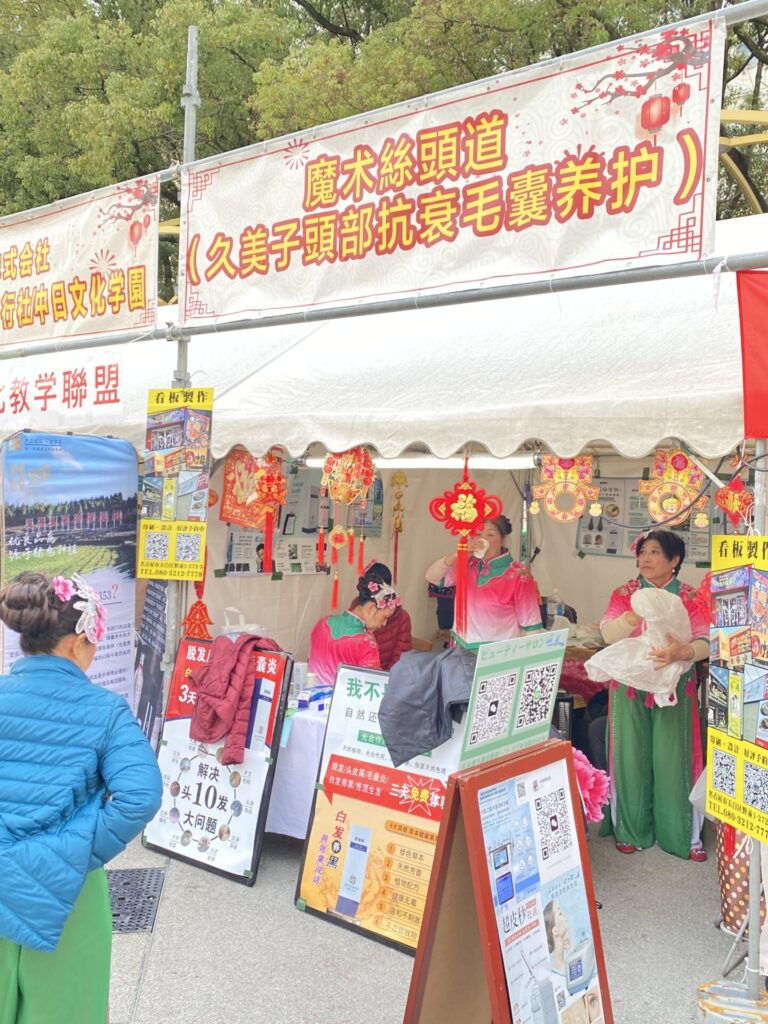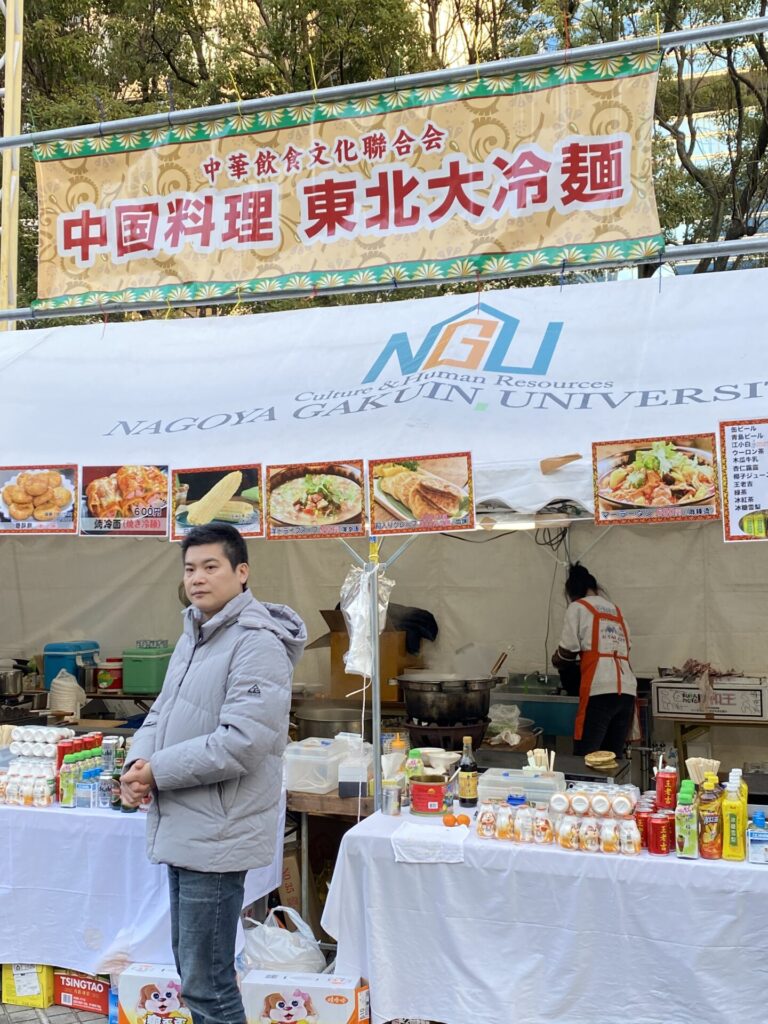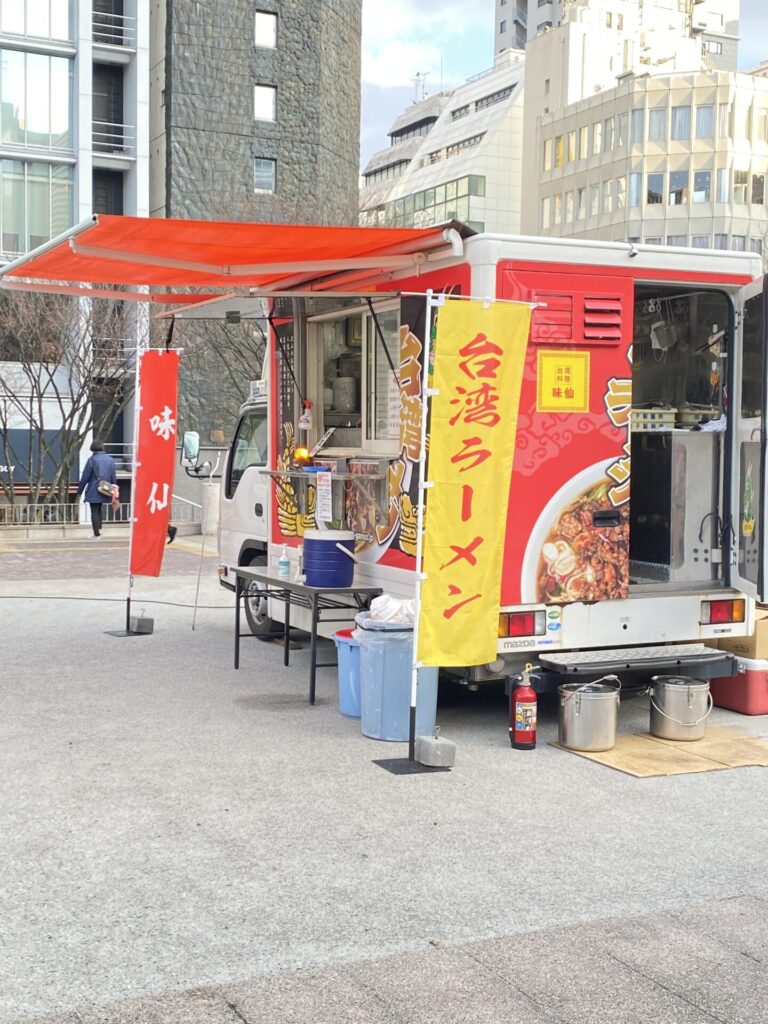This year’s Chinese New Year took place in Edion Square, Sakae, Nagoya, from 8 January. The original date is 10 February, but it was probably timed to coincide with the Japanese New Year.
I visited the fair because I wanted to compare it with the Taiwan Fair that was held just recently.
The Taiwan Fair rented out one square, whereas the Chinese New Year Fair was much larger and rented out two squares.



Dance
The Chinese dances in vivid folk costumes were very impressive. Compared to Japanese costumes, Chinese costumes are much more colourful.
The dances with fluttering cloth, which were popular during the reign of Emperor Xuanzong and Yang Guifei in the Tang Empire, were particularly beautiful.


Interesting Minority people
What also particularly caught my eye was when I saw a boy playing an intricate bamboo pipe.
I had never seen this instrument before.
It seemed that they were going on stage with costumes and instruments from a Chinese minority group, and the girls wearing strange hair ornaments were also very beautiful and made me want to know more about them.
I had a feeling that they might be Miao people, but I wasn’t sure.






Stalls
There were many stalls, some of which were about education, but we Japanese don’t understand Chinese characters in modern China, so what kind of education are they promoting?
I was curious.



It is Chinese New Year, but there were also Taiwanese restaurants and Turkish restaurants that did not seem to have anything to do with China.
Misconceptions about Kanji
A British colleague at my workplace was studying Chinese characters. I was surprised when he said, “If I can understand kanji, I can understand everything in Asia.”
It is true that we Japanese use kanji. The Chinese use Chinese characters to express their language, and people in Korea also use kanji.
However, Chinese Kanji was introduced to Japan more than 1,500 years ago, and since then Kanji has evolved in its own way in China, Japan and Korea.
It is just like using the alphabet but different European countries use different characters.
Especially since Mao Zedong radically changed the Chinese character system during the Cultural Revolution, we Japanese cannot understand most of the Chinese characters in mainland China.
Taiwan was not affected by the Cultural Revolution, so the old Chinese character system remains, but even this is difficult to understand.
In addition, Korea has changed to using Hangeul, which is unique to the Korean people, and young people are unable to understand Chinese characters.
In Japanese schools, students study the Chinese classics that influenced Japan more than 1,000 years ago, but they bear no resemblance to the modern Chinese language.
Therefore, understanding Chinese is difficult even for us Japanese due to the language barrier.



コメント